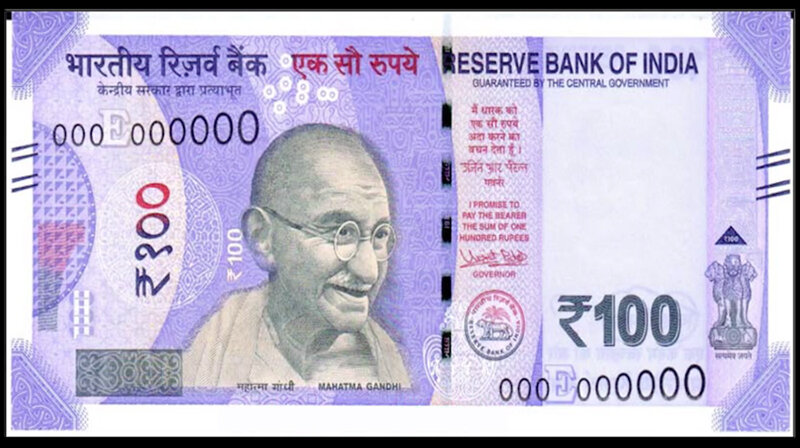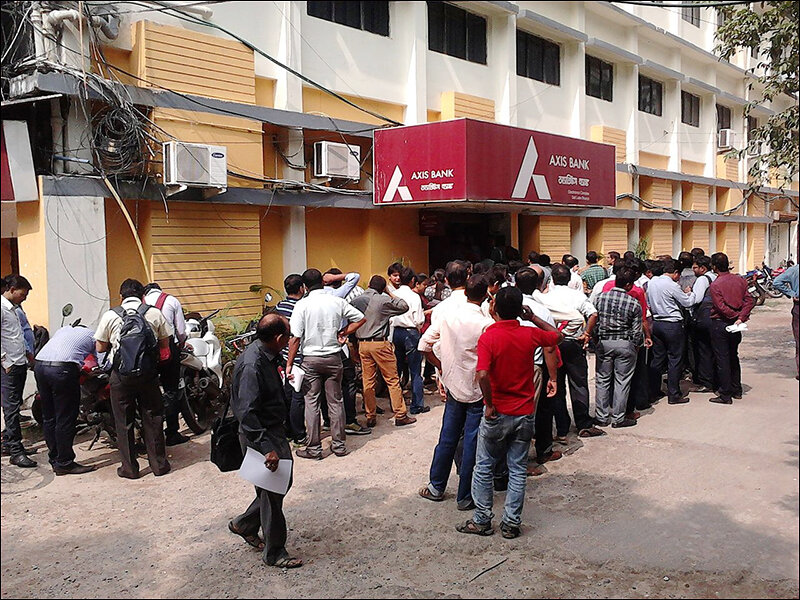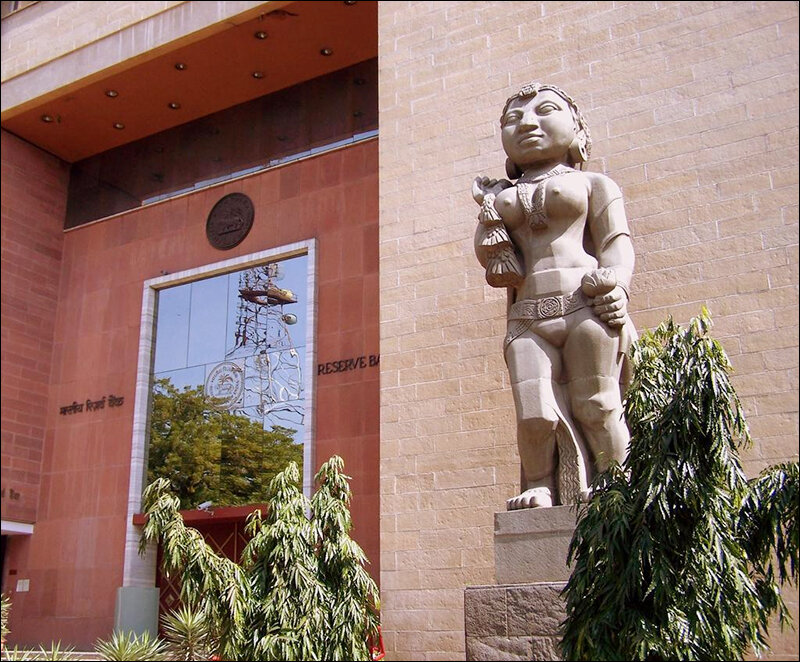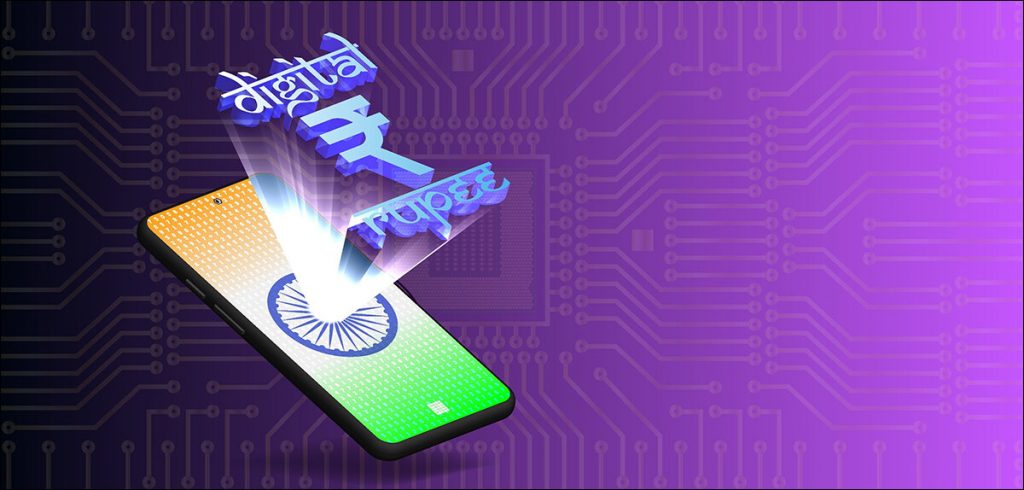RBI launching the digital rupee can be a game changer for the world if the pitfalls are taken care of writes Satyen K. Bordoloi as he outlines its day-to-day applicability
Beginning today (December 1), India’s central bank RBI – Reserve Bank of India – is setting out on a grand experiment that could change finance in the nation. It is launching the digital rupee (e₹) on a pilot basis with eight banks participating in the trial. The e₹ will be a digital token that will represent legal tender and will be in the same denominations that coins and paper currency are available in today.
This is massive not just for India, but considering India’s size, population, and technology – both its reach and lack of it – for the world. India becomes only the second major economy after China to roll out a digital currency. Naturally, questions and confusions abound. What is an e₹? How is it different or similar to actual currency? How different is it from the digital transactions we already carry out? And most importantly: considering the digital divide in the nation, will it even work?
The reason for this RBI trial is precisely to find the answer to some of these questions. But let’s unpack what we already know and speculate what can be.
What is e₹?
I can already go to a panwala and buy a cigarette and pay for it, not in cash, but digitally through Google Pay, PayTM, PhonePe, or any of the dozen or so existing digital wallets? So, how is the e₹ different?

Let’s begin with the basics. As we all realized during demonetization, what we carry in our purses are just colorful pieces of paper. They become money when a promise is attached to them. The 100 rupees note in my purse – as all others – states above the RBI governor’s signature: “I promise to pay the bearer the sum of one hundred rupees.” Nov 8, 2016 when the RBI took away this promise, these papers became worthless. Every financial system and money operates on different forms of this trust.
Central Bank Digital Currency
The currencies you trade on apps – Google Pay, Amazon Pay, PayTM etcetera – are digital forms of the same trust except, it is in a way sub-letting the promise made by the RBI. In this case, it is there individual companies that are promising to transact the value from your purse to somebody else and they charge a small, but not negligible percentage for the same. They are like middlemen with middle trust between the customer and the RBI. What if you could take them out?
That is what the digital rupee launched by RBI is. Technically it is a CBDC – Central Bank Digital Currency because unlike the other wallets mentioned above, or even cryptocurrencies, the e₹ or the digital Yuan launched by China, is promised by the central bank of the nation. They not only cut out this middleman, but the transaction costs are zero to negligible making it an extremely attractive proposition for everyone concerned.
How do you use it?

To put it simply, it is literally the digital version of the physical cash you hold in your wallet. Except, in this case, the wallet is not a fat bundle of cash you carry in your pocket, but a little app on your phone that will store as much e-cash as you want it to. Let’s take an actual example.
When I step out of the house today for anything, I take my purse and check to ensure it at least has Rs. 500 in different denominations. If I am short, I take cash from the almirah and put it in before heading out. The cash here comes from the ATM.
With the digital rupee, this whole process is digitized. Instead of carrying physical cash, I’ll quickly use the internet to log on to the app connected to my bank account, and put the same Rs. 500 in different denominations: one ₹200 e-note, two ₹100 e-notes, one ₹50 e-note, four ₹10 e-notes and ₹10 in single e-rupee coins, into my digital wallet app. Doing this I have cut out a few processes: the visit to the ATM to taking out cash. My phone is literally my wallet.
Now when I buy a cigarette at a pan shop, instead of cash or middleman-digital currency, I will transfer ₹12 in its digital form – one e₹10 e-note and two e₹1 e-coins – from my wallet to the shopkeeper’s wallet. It’s literally replacing cash currency with its digital avatar. Instead of printing more physical currencies, RBI will ‘print’ digital currencies. The denominations are the same.
Internet-free Digital Cash
Though there is no mention of this in RBI’s terse press release, I am assuming they will test the following feature at some point in the future. The e₹12 that I transfer to the digital wallet of the panwala, may not need an internet connection. Instead, I could transfer this fund in two ways by either exchanging a multi-digital authorization code that the two of us can do manually or by using near-field communication (NFC) connections that most digital devices today have.
Then there could be those who might not have a phone or have one that does not have NFC. Eventually, RBI will need to work out solutions for those kinds of people as well. One option could be to create a device, the size of say a debit or credit card (most today already are NFC capable). This device shouldn’t cost more than say buying a purse in the market and will act like the cash cards we had in the early days of the internet. Every time I need money, instead of taking out cash from the ATM, I’ll fill up this cash card aka my literal digital wallet with money from the same ATM and use it to transact with others.
This could become one of the key differentiators between the e-Rupee and the other digital wallets that are in existence and need the internet. In a resource-poor nation like India, where the internet – despite some tremendous advances – is still not ubiquitous, and where many people are not comfortable using it, NFC could be a make-or-break feature for the success of the digital Rupee.
The International Scene

National digital currency is the rage in most of the world. China, last year, launched its digital Yuan i.e., digital renminbi in parts of the nation. They have been working on the digital RMB since 2014 when the concept was first put out. As is obvious, any CBDC requires a huge investment in infrastructure and technology. China – in that sense – has a lead as they have had years to figure it out. They have already figured out offline transactions through their wallets.
The US is also in the planning phases of rolling out its own CBDC. Concept papers have been commissioned but there is no clarity on when they’ll get into testing mode.
Most other nations are trying to develop their own CBDC, realizing its inevitability in the future. What will be interesting to keep an eye on is how these different CBDCs will interact with each other. E.g., today if you are flying off to the US, you convert rupees into dollars and vice versa when you return. How will that process happen with CBDCs? How will the Indian e-Rupee interact with the digital dollar or the digital yuan?
A few common standards to be adhered to by every nation in the world (e.g., the currencies of every nation are similar – notes are rectangles, coins are circles) by an international body is key for the interoperability of these digital currencies and thus their success.
The Pitfalls
Despite having worked on its digital renminbi for almost a decade China is yet to launch it across the breadth of its nation because they are still figuring out the technological challenges. India will have to go through the same learning curve and it will be the responsibility of both the RBI and the Government of India to ensure that the digital architecture needed for the successful operation of the e-Rupee is in place before it is launched extensively.
There is also the danger of hacking. Currently, AIIMS is under a Ransomware attack that threatens to destroy most of its patient data and research papers including its backup because despite being a premiere institute, it hadn’t thought of taking backups that aren’t networked. We are not only a resource-poor nation, we are a nation with the poverty of intellect to best utilize and safeguard the resources we already have. This is a systemic problem that will only be exacerbated when everyone in the nation shifts to digital wallets and currency. How we handle these issues both from the government and individual points of view, will be key to the success or otherwise of the e₹.
The other concern is privacy. If the e-rupee becomes the default a few years from now and cash is mostly eliminated, then the central bank and the one controlling it i.e., the government at the center can know everything about every citizen. Privacy of any kind will be a pipe dream and this will give the government too much power to control people as the central bank can literally shut people out by abruptly shutting anyone’s digital wallet. Think of this like the digital version of bulldozer politics where the state adjudicates itself the judge, jury, and executioner to illegally bulldoze houses of alleged convicts without due recourse to law.
This surveillance factor is one of the reasons why some western analysts believe China has been so keen to create a digital currency and the same reason why the US has been reluctant despite being the most technologically advanced nation in the world with the strongest start-up ecosystem. There are also fears in some quarters that the digital Yuan is China’s means of undercutting the dominance of the American dollar but making it the global digital currency standard by their global economic standing and in the absence of any other.

This e₹ experiment by RBI is thus a huge step not just by Indian standards, but for the world. It will not be easy to pull off. But one thing is certain: easy or tough, intentionally or otherwise – the e-Rupee is here to transform the financial landscape of not just our nation, but the world.
EPILOGUE: In the future parts of this series on the digital rupee, we will look into other aspects like the connection between digital currencies and cryptocurrencies and how 30-year-old technologies could spell the future of digital currencies like RBI’s e-Rupee.
In case you missed:
- Landscape of Fraud: India’s Cybercrime Heatmap from Jamtara to Bharatpur via Surat
- Bait, Hook & Catch Part 1: 10 Common Ways India’s Cybercriminals Cheat You
- The swap revolution supercharging India’s mobility
- One App to Rule Them All: The Phenomenal Rise of Super-Apps
- Bait, Hook & Catch Part 2: 15 More Common Ways Cybercriminals Cheat You
- Bait, Hook & Catch Part 3: Digital Hygiene Habits to Protect You from Cybercriminals
- Protecting Children & Teens from Pornography & Sexploitation via Mobile & AI
- Meta’s Threads: can AI be trained for kindness?
- How Technology Failed Israel & Can’t Be Substituted for a Political Solution
- 10 Years of ‘Her’: What the Film Got Right about AI, What It Did Not










2 Comments
Good to see the replies.
Thanks for answering my question